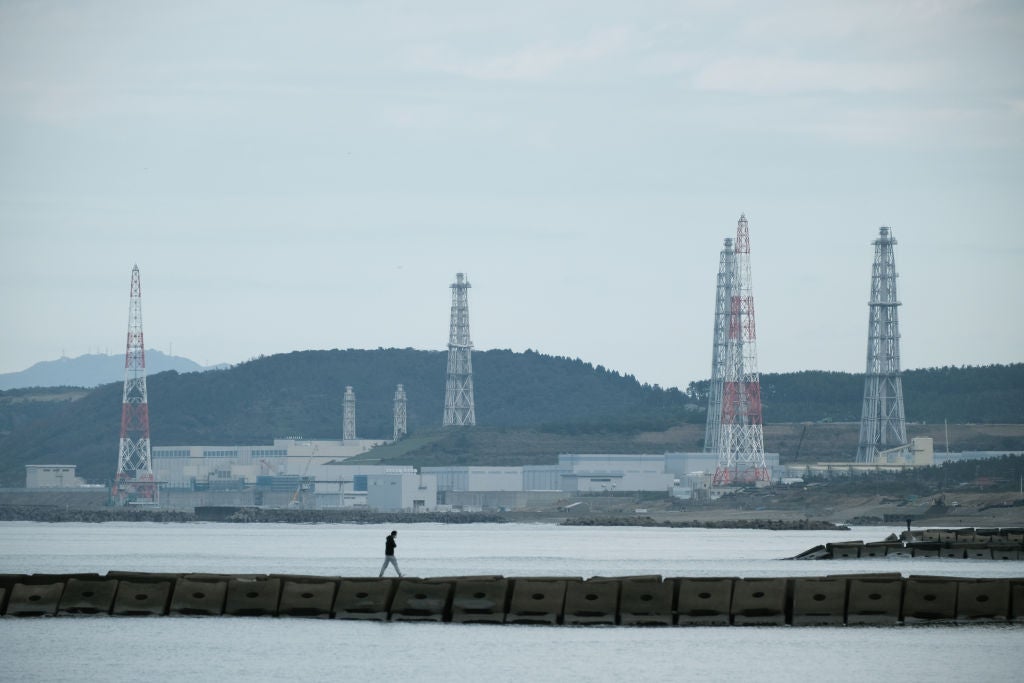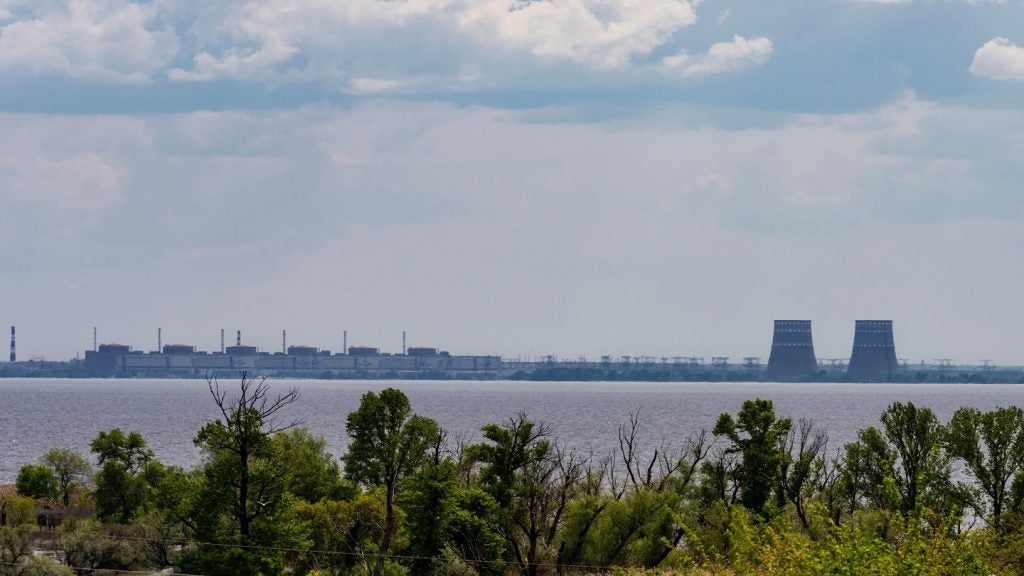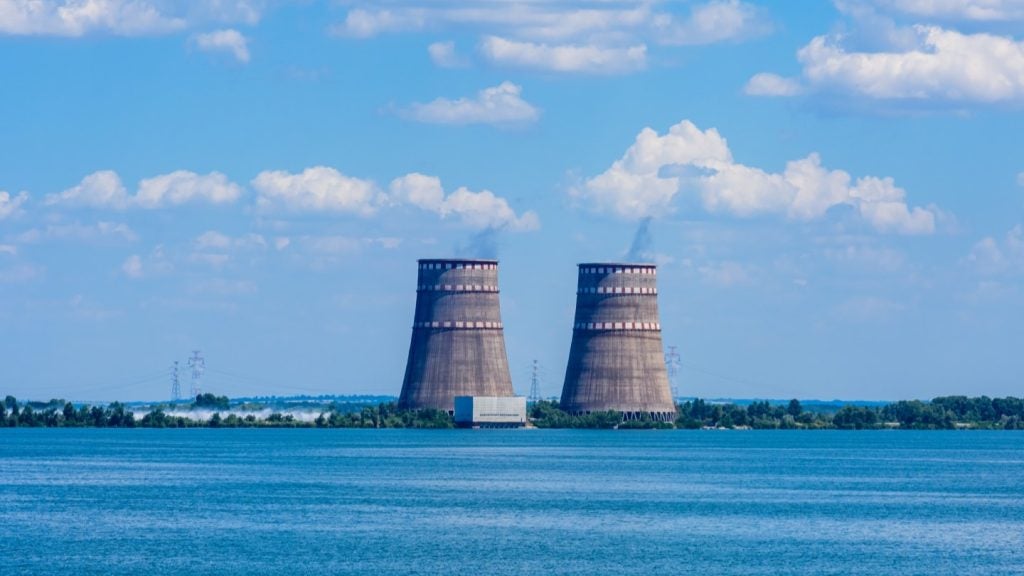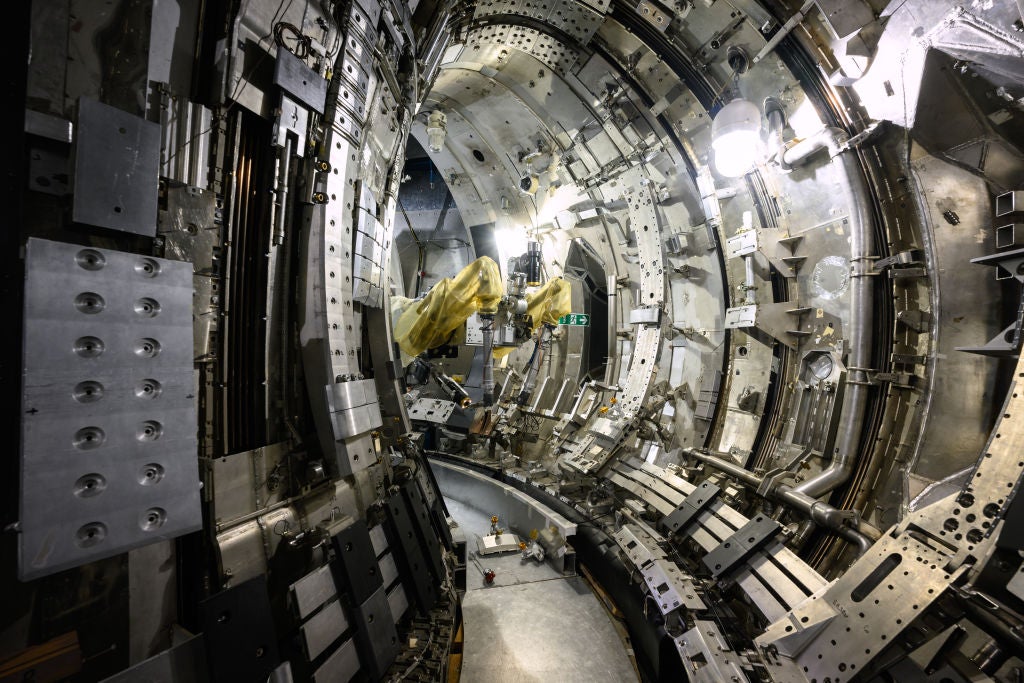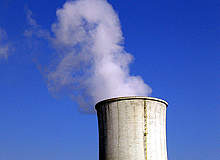
The nuclear crisis in Japan, which unfolded with a blast in March 2011, has led to shifting public and political support for this form of energy supply worldwide.
Europe in particular has been concerned by the events in Japan, with Germany scrapping plans for the extension of old reactors and Switzerland and Italy deciding against the construction of new ones.
As with many other countries, the EU is committed to allay its total energy demand with renewable resources.
One objective is the crucial target to attain 20% of total energy from renewables by 2020. However, until member states are 100% renewable, other low-carbon sources will be needed as so-called bridge technologies.
Nuclear seemed to be a feasible low-carbon alternative in Europe with numerous existing reactors, high safety standards and proven technology.
Fukushima however has drastically reduced public and political support, raising the question of where Europe’s nuclear future is headed. The effect of the Fukushima incident upon the nuclear renaissance and its future in Europe will also be debated at Arena’s International Nuclear Energy Congress 2011, taking place in London on 28 and 29 September.
How well do you really know your competitors?
Access the most comprehensive Company Profiles on the market, powered by GlobalData. Save hours of research. Gain competitive edge.

Thank you!
Your download email will arrive shortly
Not ready to buy yet? Download a free sample
We are confident about the unique quality of our Company Profiles. However, we want you to make the most beneficial decision for your business, so we offer a free sample that you can download by submitting the below form
By GlobalDataAhead of the event, Power-technology.com talks to University of Greenwich head of energy policy Steve Thomas and Centre for European Reform (CER) senior fellow Stephen Tindale to find out about nuclear bridge technologies, the investment in safer thorium reactors and the likelihood of a nuclear revival in Europe.
Nuclear bridge technologies
Before Fukushima, nuclear power was increasingly stimulating political commitment among EU countries: Bulgaria, the Czech Republic, Italy, Lithuania, Poland, Romania, Slovenia and the UK were said to be in favour of constructing new nuclear stations.
Also, German Chancellor Angela Merkel said the country’s existing stations would be allowed to operate for the period they were designed for rather than being closed by 2022 as a law passed by the previous government demanded.
However, after events unfolded in March, Merkel announced that all 17 nuclear power plants will be phased out by 2022 instead of running for another 12 years on average. Elsewhere, Italy voted in a referendum in June 2011 in favour of blocking a nuclear revival in the country.
Also Switzerland, which currently gets about 40% of its energy from five reactors, announced it would not replace its stations after they reached the end of their lifetimes between 2019 and 2034.
The UK, which relies on nuclear for 18% of its energy supply, has not followed the general trend and just three weeks after Germany announced its new anti-nuclear strategy, Britain proposed plans for its next generation of plants. Also France, which generates around 80% of its electricity from nuclear, is set to stay put with its nuclear programme in the years to come – a relief, according to Stephen Tindale.
“Nuclear is a necessary low-carbon bridge technology until we can 100% rely on renewables,” he said. “Therefore it’s good that Fukushima hasn’t increased opposition in the UK and in France. There are feasible alternatives but the question is how quickly we can get from where we are now to where we need to be. However well we do on energy efficiency and renewables, it’s going to take several decades to rely 100% on renewables.”
While Tindale counts on tried-and-tested nuclear technologies to do the job, Steve Thomas on the other hand believes the best alternatives are energy efficiency measures, which have been heavily discussed and partly introduced in several European countries.
“Energy efficiency measures, which will vary from country to country, and improve the quality of housing, the quality of plants and the industry’s use of electricity is going to be the best bet,” he says. “It looks like Germany has now set its future against nuclear power so it does have to make the alternatives work.”
Missing out on thorium?
Even though well-established nuclear technologies should be in the centre of bridging the time between now and full reliability on renewable energy sources, Stephen Tindale says the EU should go a step further and invest in the research and development of thorium-fuelled molten salt reactors.
Thorium, he believes, is Europe’s best bet to overcome public opposition to nuclear by demonstrating that nuclear power can be made drastically safer, as it reduces radioactive pollution and waste and removes the possibility of a reactor meltdown.
“Molten salt reactors, which are liquid fuels, have two major advantages: firstly they don’t produce nearly as much nuclear waste and secondly, and more importantly, they can’t melt down. If the liquid gets too hot it flows automatically out of the reactor core,” he said.
“Fukushima could not have happened with thorium and neither could Chernobyl or Three Mile Island. The big nuclear incidents that have turned people against nuclear would not be possible in a thorium molten salt reactor.” The US built and operated its first thorium-fuelled molten salt reactor in the 1960s but then abandoned the technology to develop uranium reactors and use the produced plutonium for nuclear weapons.
Today, thorium liquid reactors are ‘taken seriously’ again and research is going on in the US and China. Europe, however, might miss out on the economic benefits and a safer form of nuclear power, as there is very little interest to invest in thorium.
“Some research is happening in France and some is happening in the Czech Republic,” says Tindale. “But there’s not nearly as much as there needs to be. The world leader in terms of development is now China.”
Steve Thomas however does not believe in Europe falling behind. “That’s a fallacy. There is only a minimum of investment in the US; there might be one or two plants but that’s not going to make the slightest difference.”
According to the energy policy specialist, the European nuclear industry now has to focus on whether it is possible to design nuclear reactors that are cooled and moderated by water to avoid cooling accidents. “The question is whether it can be done at an economic price,” he said.
“I think there is increasing evidence that the sorts of reactors we have now cannot be designed to be sufficiently robust against loss of cooling and loss of power to satisfy regulators and be economic. But that’s not a question the nuclear industry wants to face up to. It is not ready to face up to it yet and they won’t want to hear it from me.”
The future of nuclear in Europe
One question that Europe and the industry will have to face in the years ahead is what role nuclear is going to play in the energy mix until renewables can supply 100% of the member states’ energy demands.
According to Stephen Tindale, tried-and-tested and low-carbon nuclear reactors are ideal bridge technologies. Coupled with increased investment in thorium instead of the ongoing, fruitless investment in nuclear fusion, Europe’s nuclear industry could get back on track.
“Money should be taken from fusion and put into thorium,” he says. “But the European Commission could also significantly strengthen the commission trading scheme, which would make it more expensive to burn coal and gas. This would then help bear the economics of nuclear power as well as the economics of renewable energy.”
The decisions taken in the months and years ahead will be crucial for the industry. The UK, France, Finland and the Czech Republic will continue with their nuclear programmes.
At the moment, however, everyone is looking at Poland and whether it will decide to open its first nuclear power station or not.
“Currently, the Polish government is talking about possibly going for it. At the moment 90% of Poland’s electricity comes from coal and the choice between nuclear and coal is a very clear one,” says Tindale. “I think the Commission and other European member states need to be doing more to encourage Poland to go for nuclear.”
With its new anti-nuclear movement, Germany – Poland’s geographically, economically and politically bigger neighbour – could influence the decision and to date, the question of a nuclear revival in Europe remains unanswered.
“I would never say never but I think it’ll be decades before nuclear is an option in Germany, Switzerland or Italy,” said Steve Thomas. “Things are a long way away. Not with this generation of reactor designs anyway, I would say. But in terms of a return to nuclear I can’t see that happening in the next 20 or 30 years.”
The Nuclear Energy Congress 2011 will take place in London, UK, on 28-29 September 2011.



